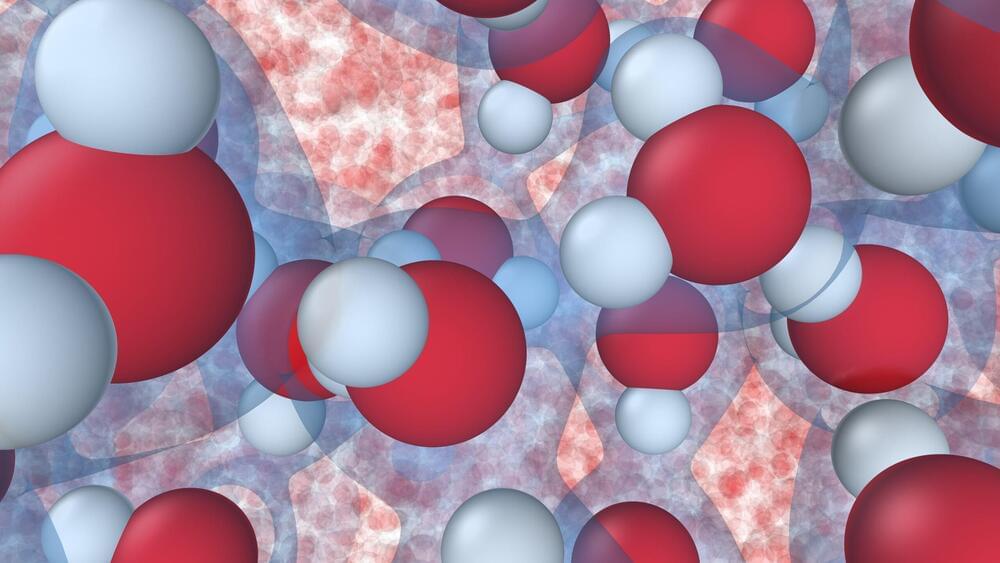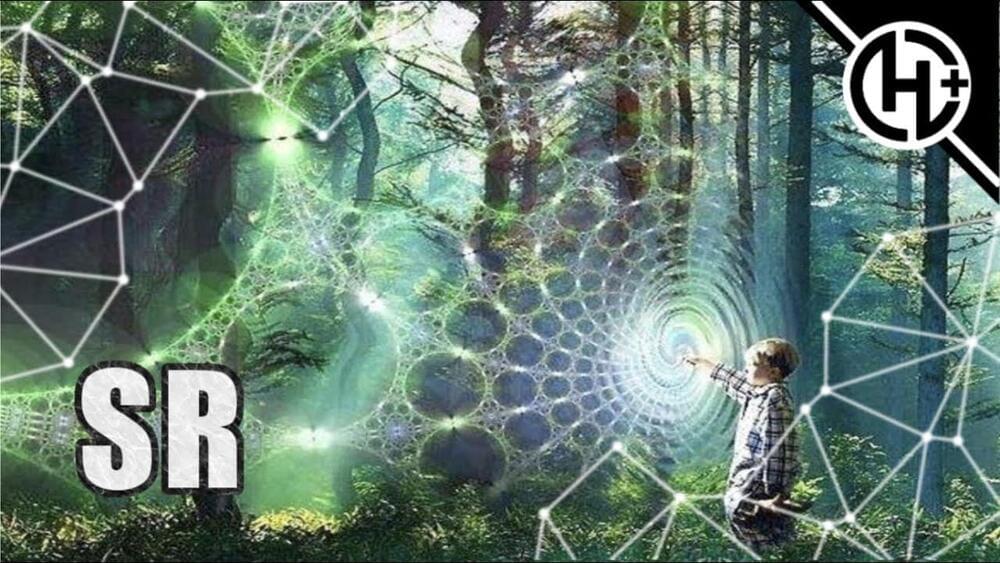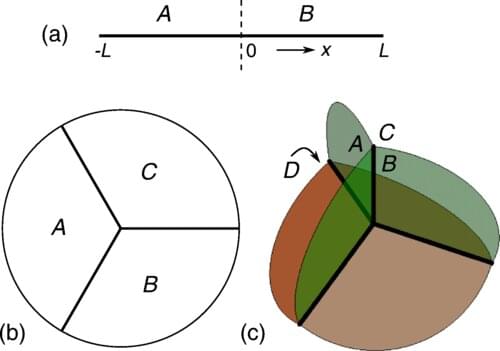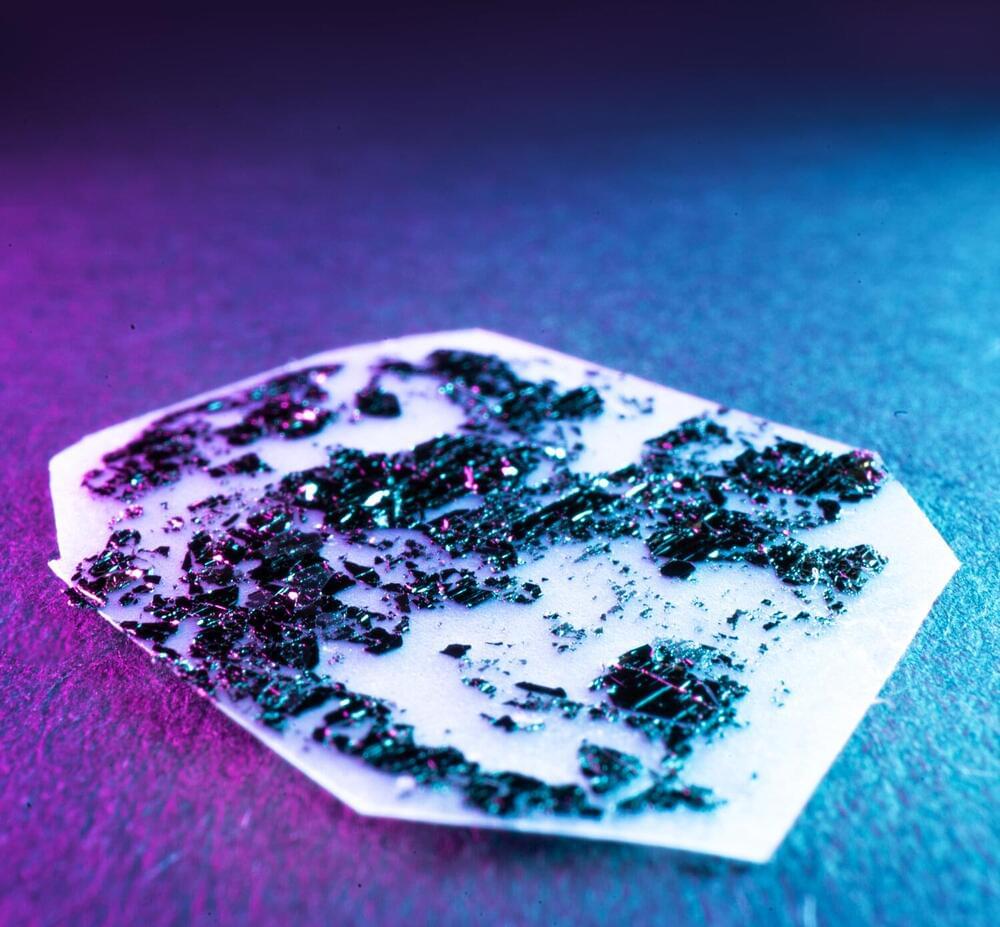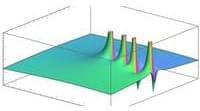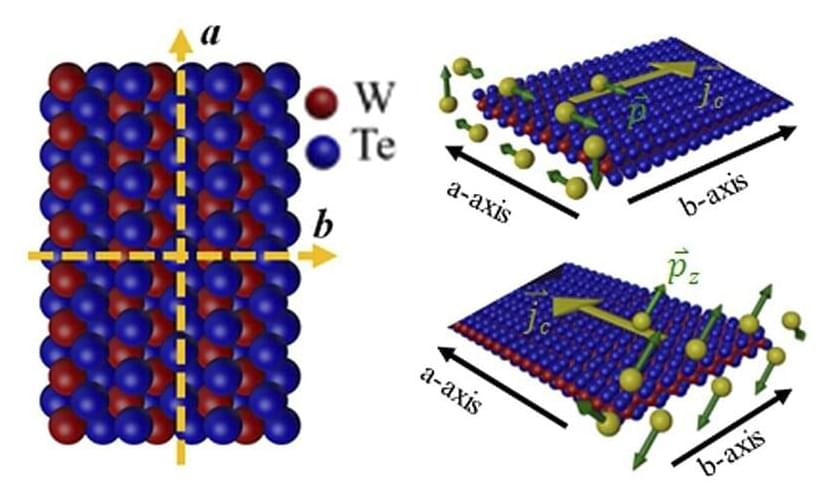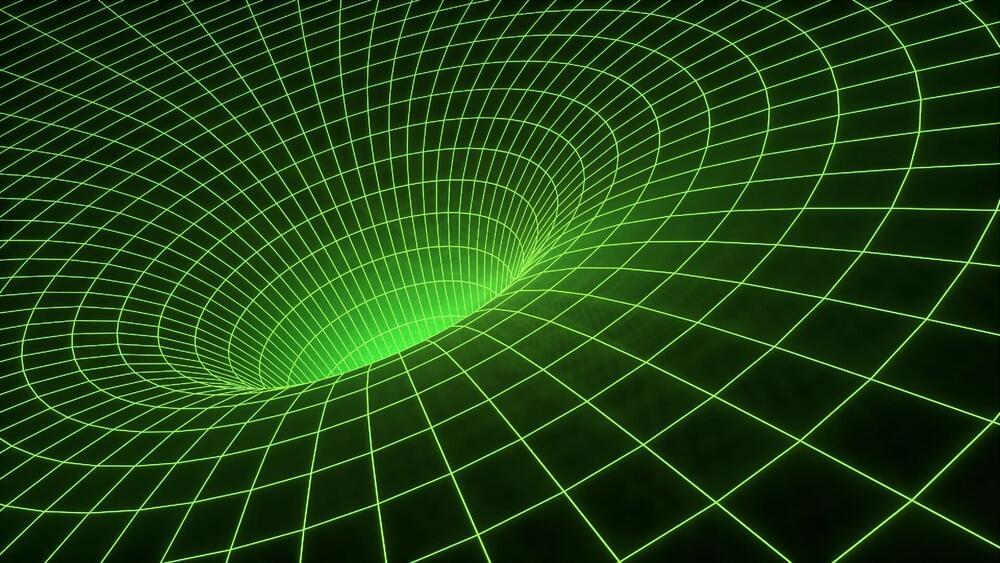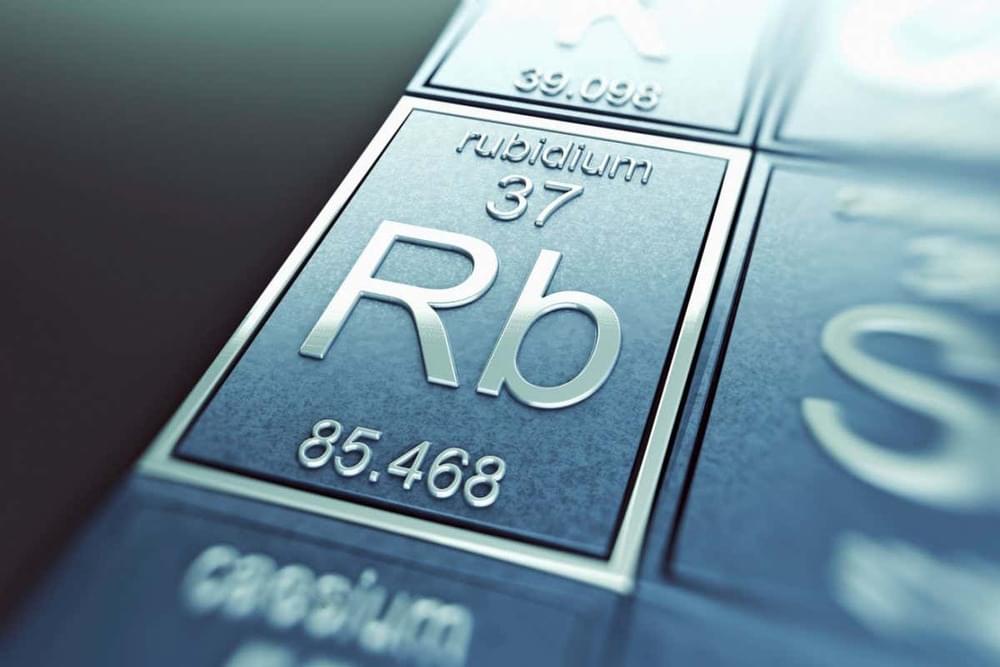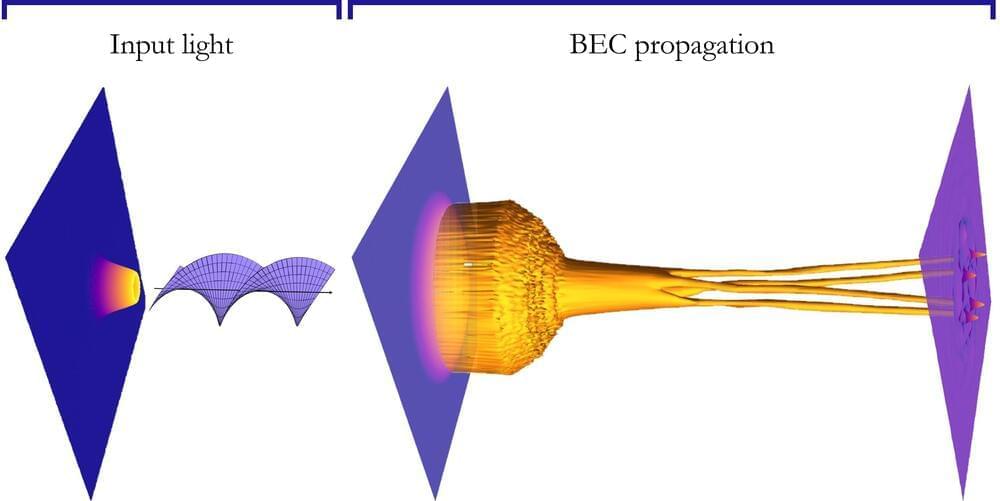Aug 16, 2022
In simulation of how water freezes, artificial intelligence breaks the ice
Posted by Kelvin Dafiaghor in categories: information science, particle physics, quantum physics, robotics/AI
A team based at Princeton University has accurately simulated the initial steps of ice formation by applying artificial intelligence (AI) to solving equations that govern the quantum behavior of individual atoms and molecules.
The resulting simulation describes how water molecules transition into solid ice with quantum accuracy. This level of accuracy, once thought unreachable due to the amount of computing power it would require, became possible when the researchers incorporated deep neural networks, a form of artificial intelligence, into their methods. The study was published in the journal Proceedings of the National Academy of Sciences.
Continue reading “In simulation of how water freezes, artificial intelligence breaks the ice” »
